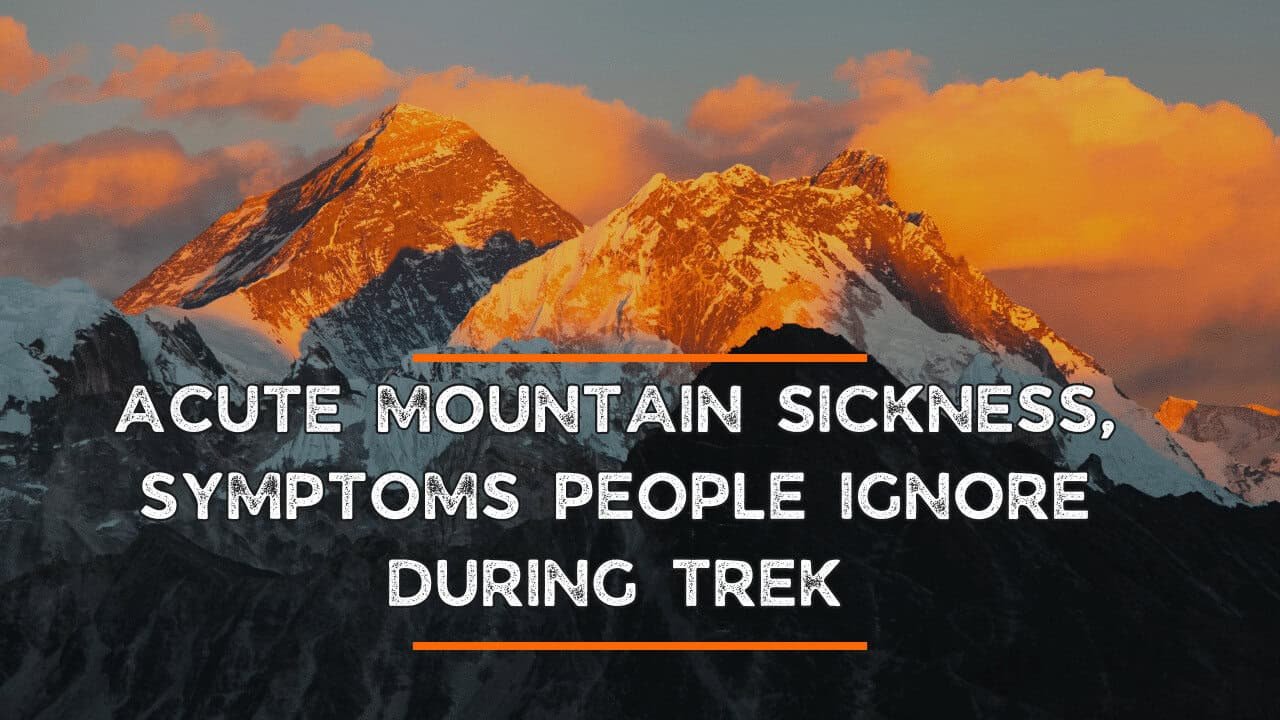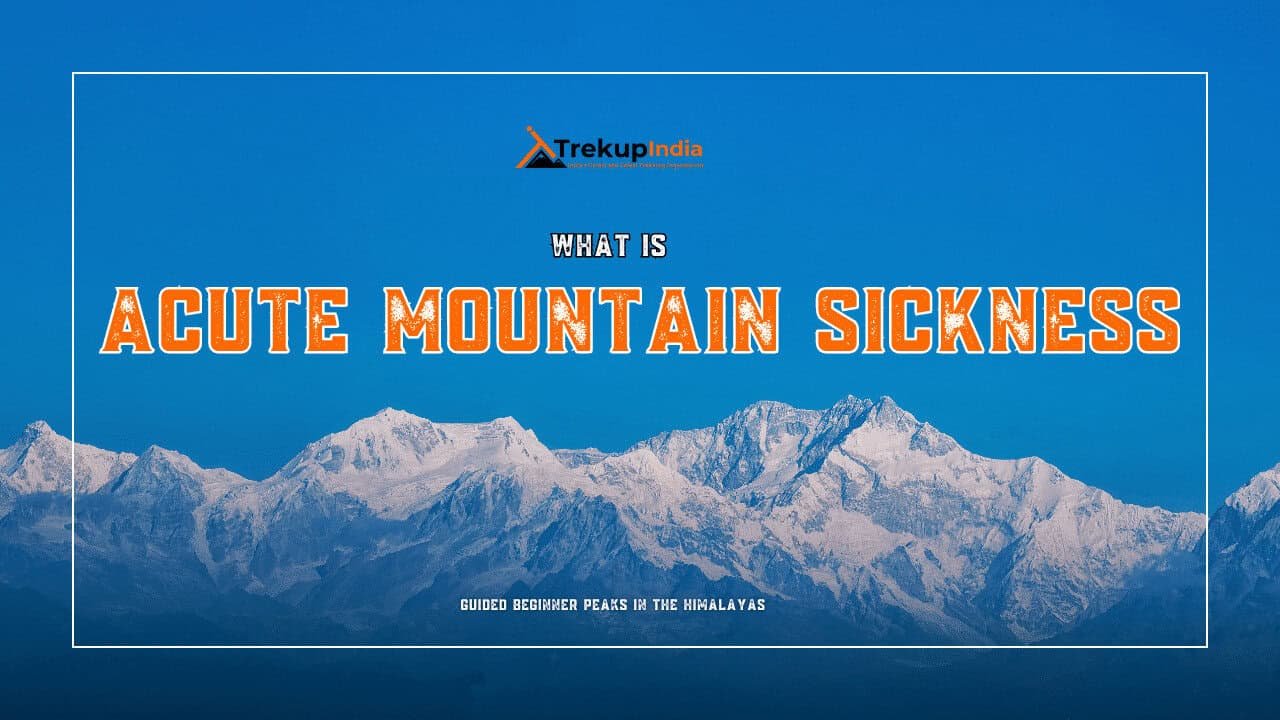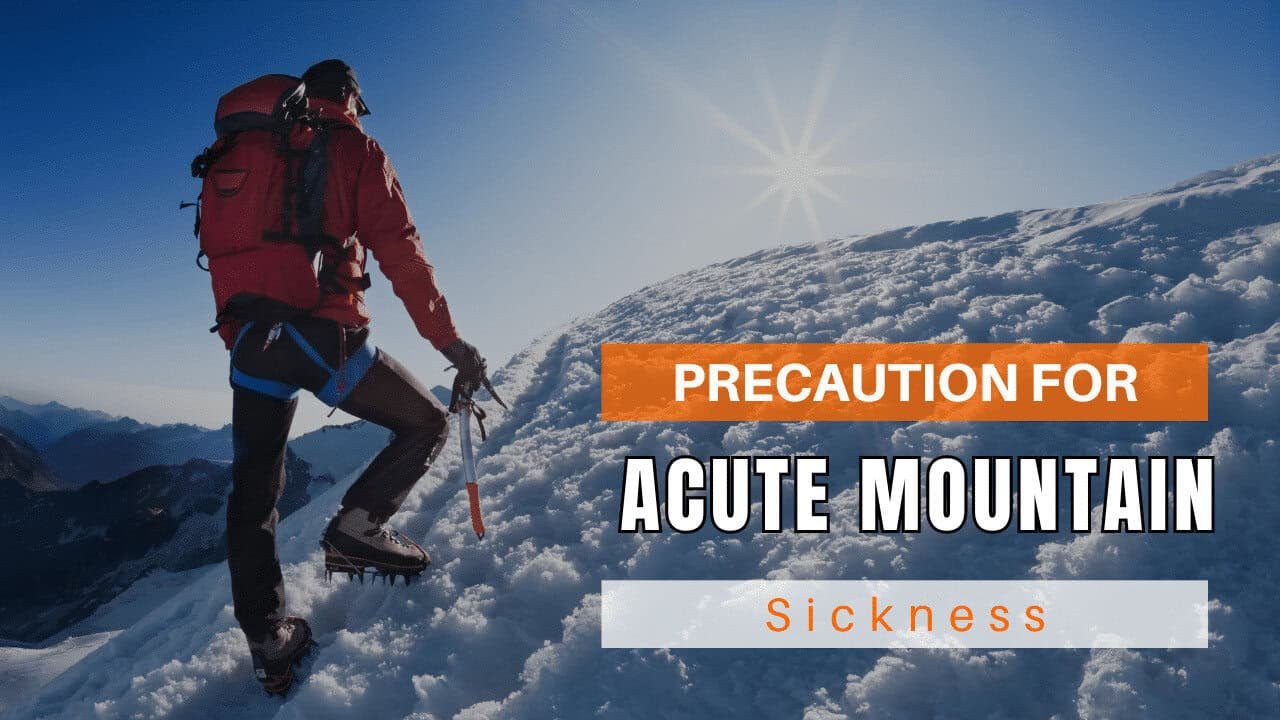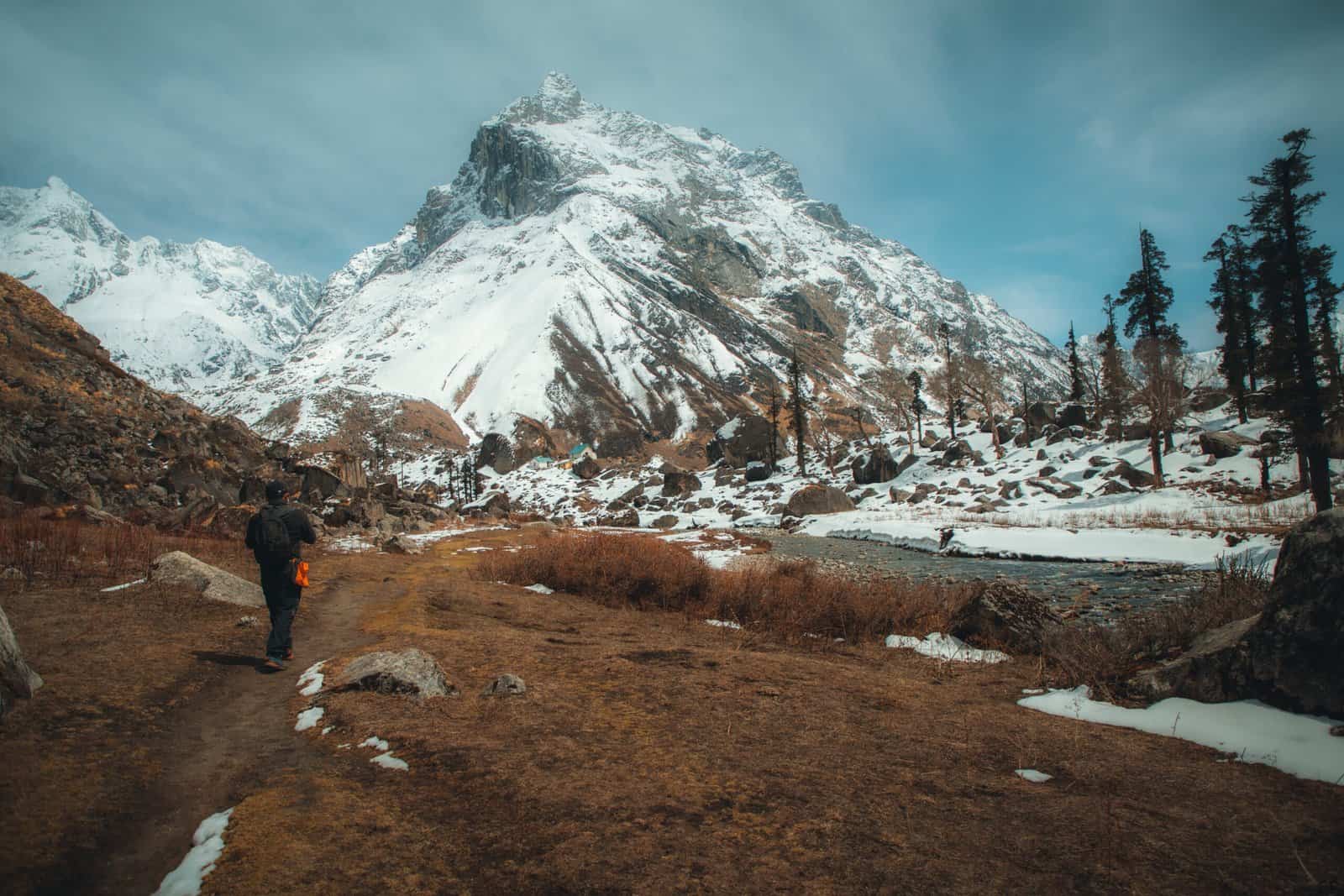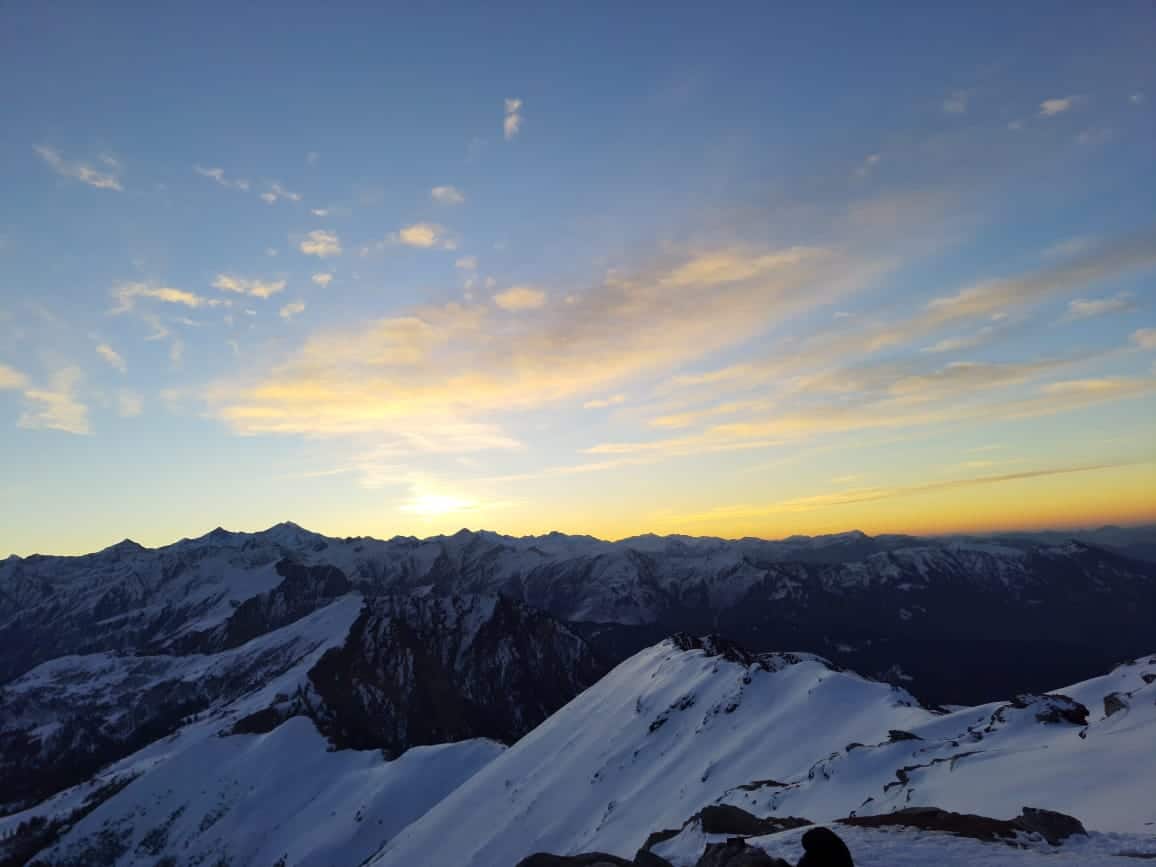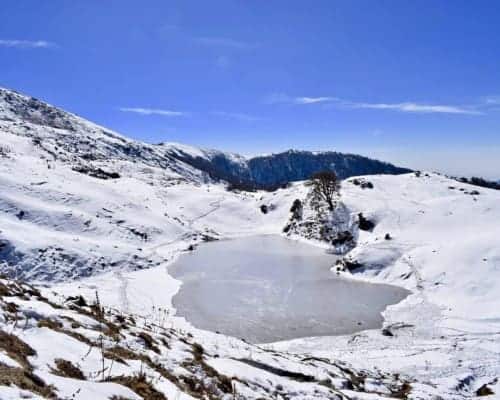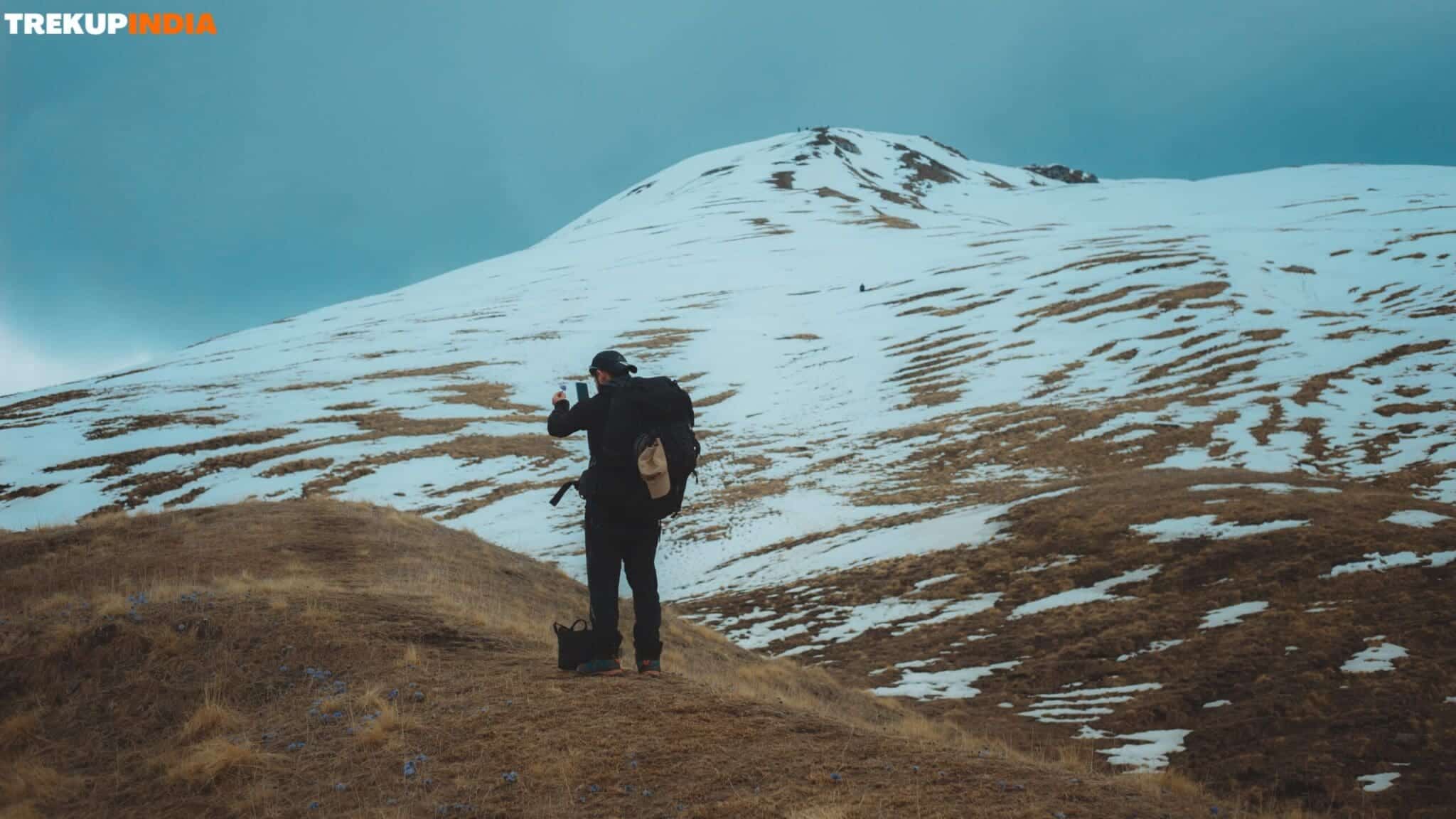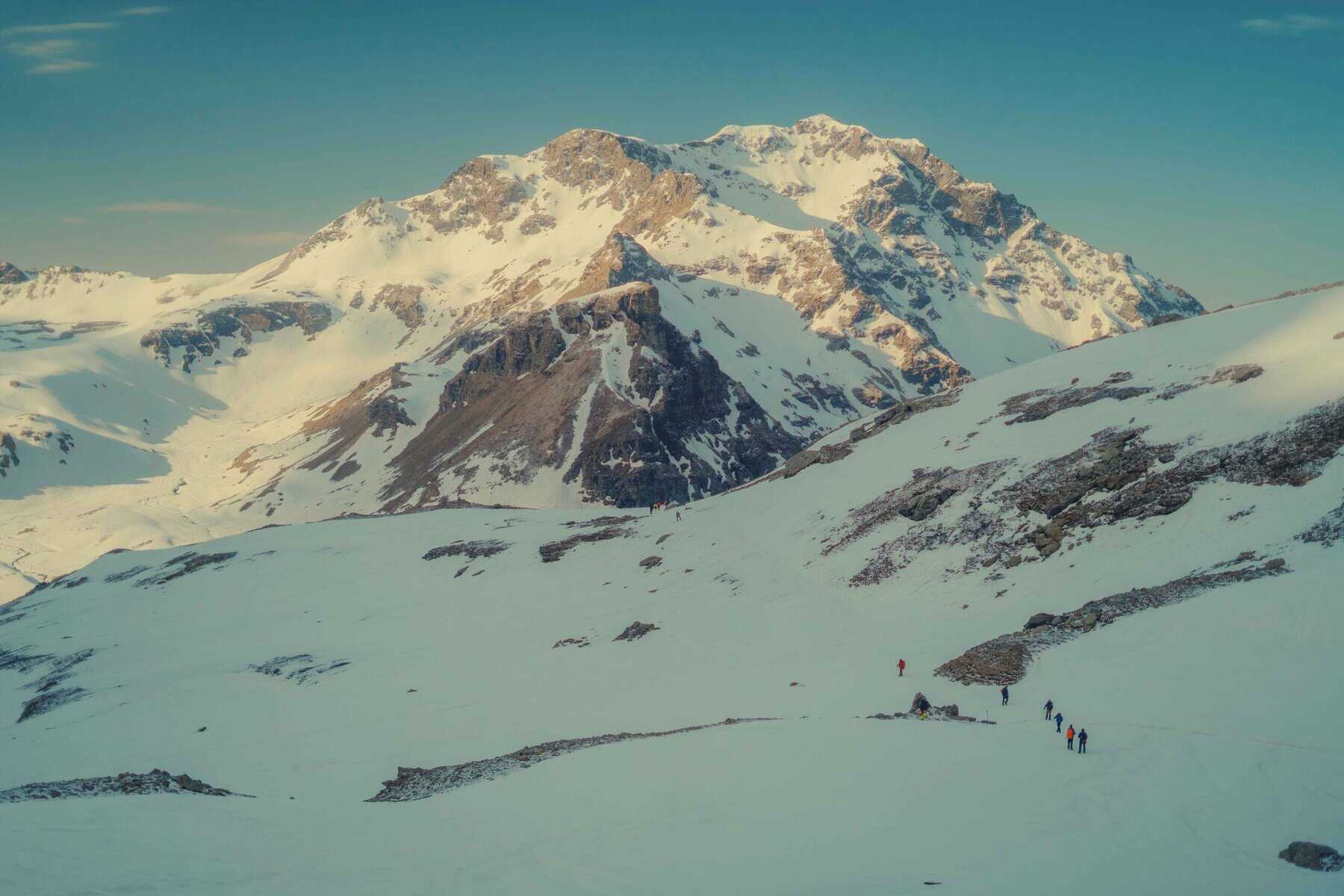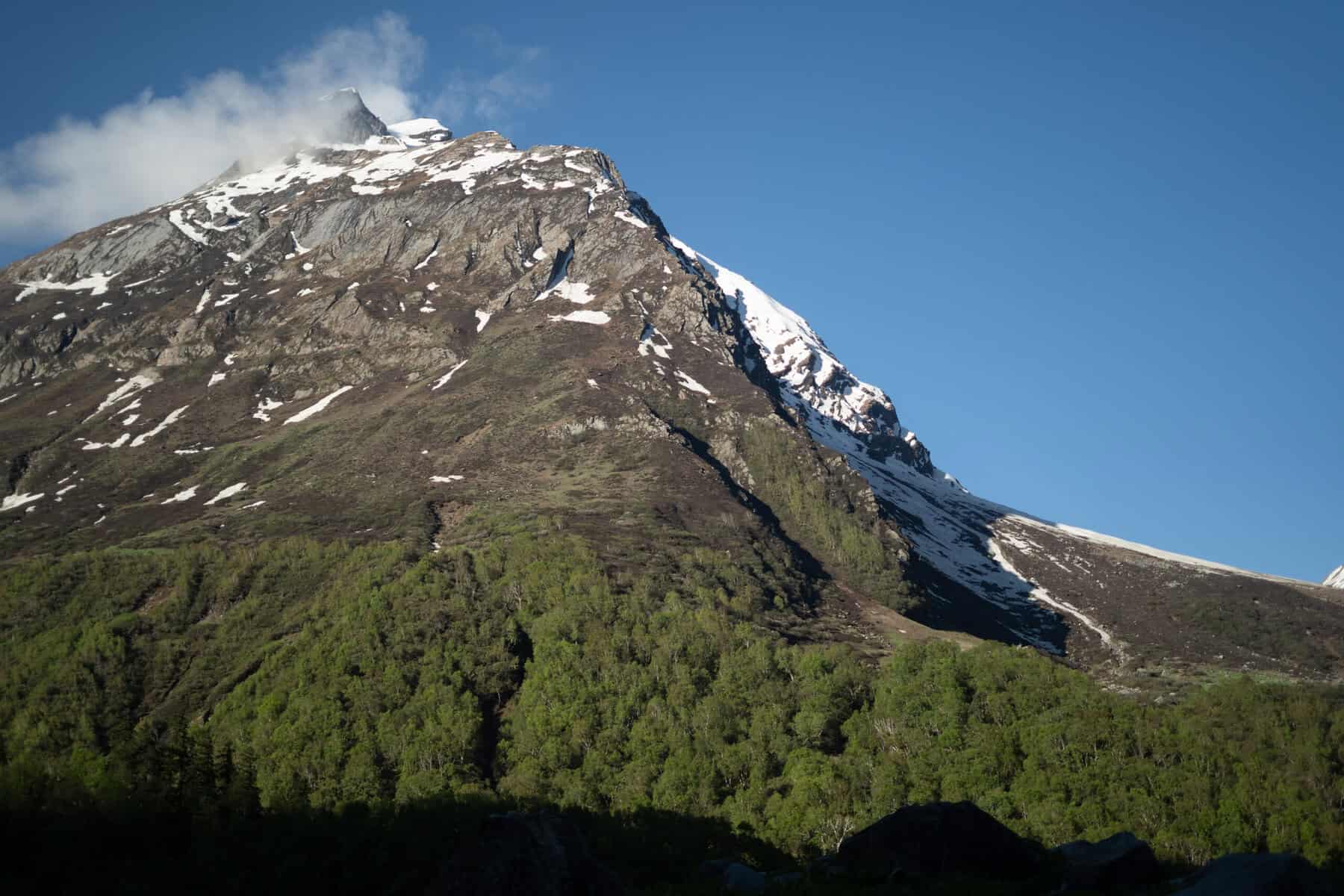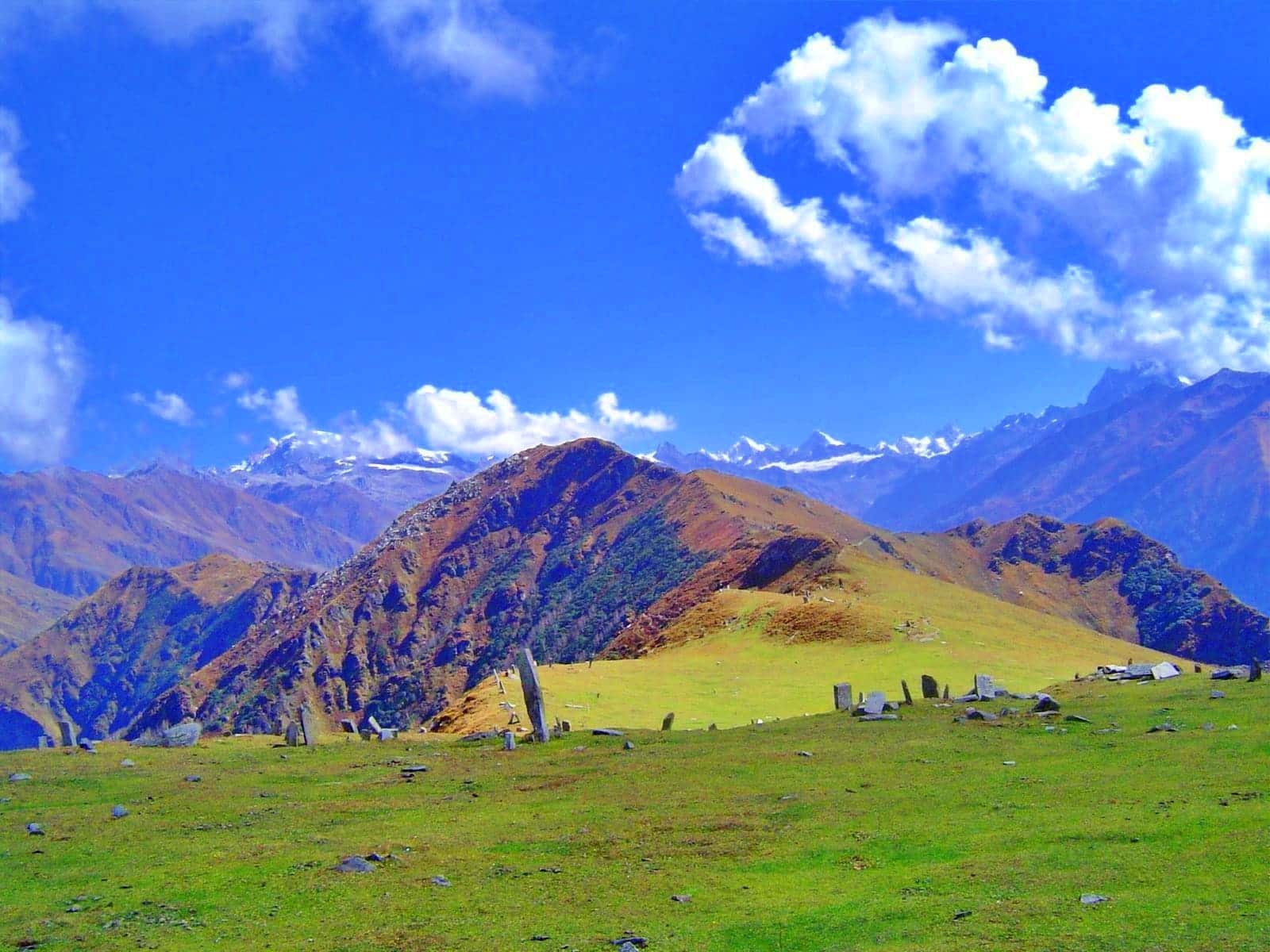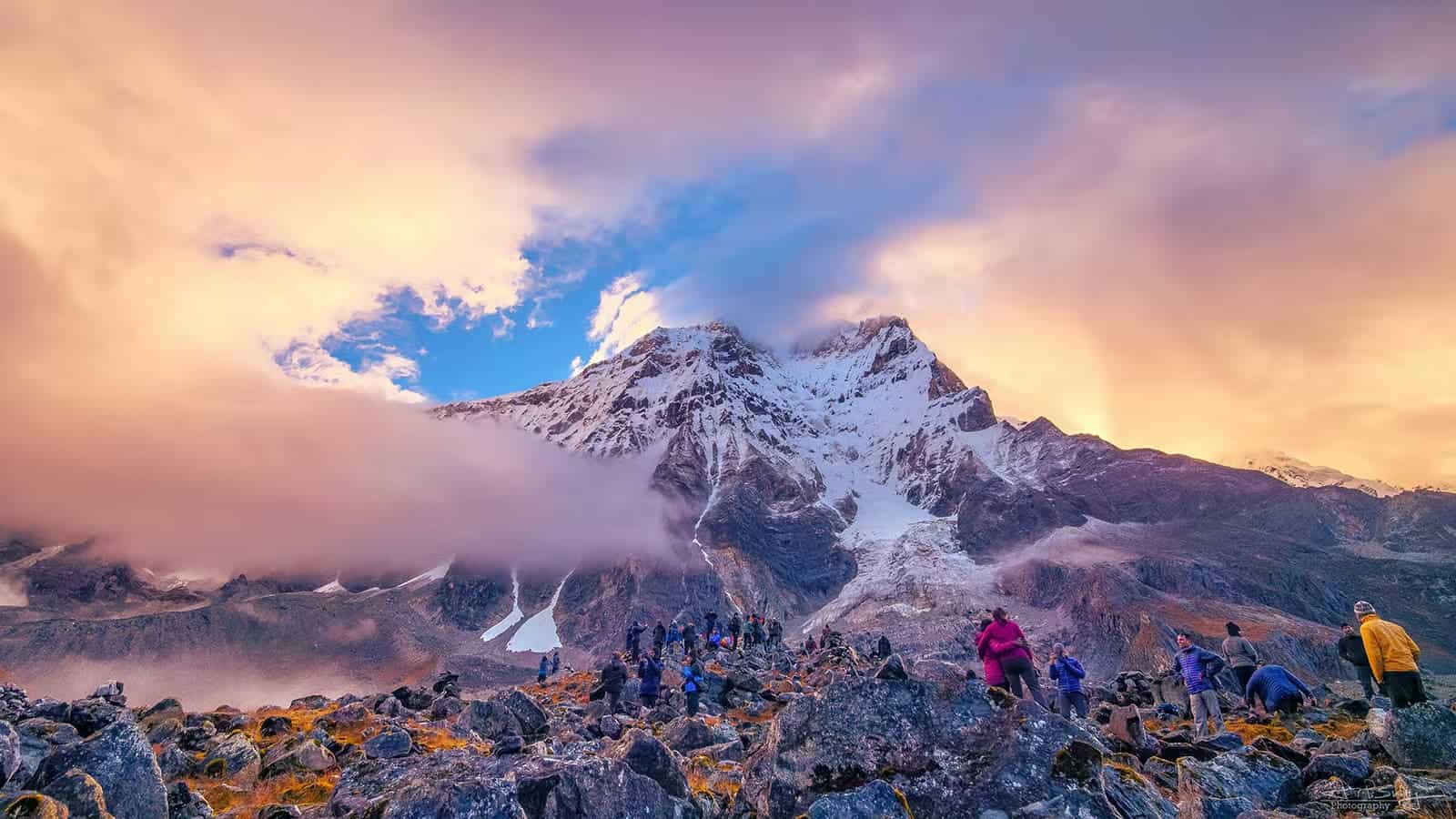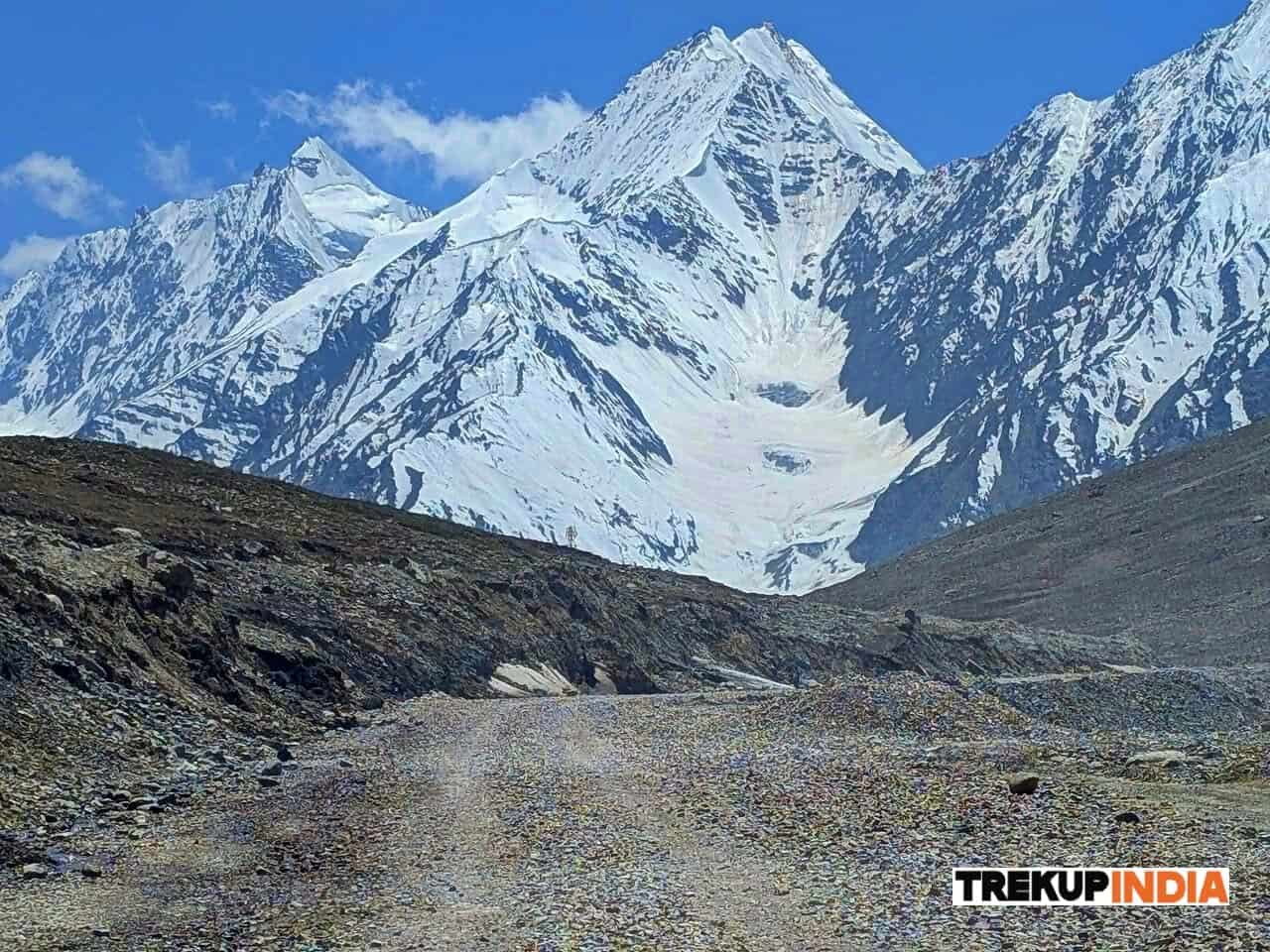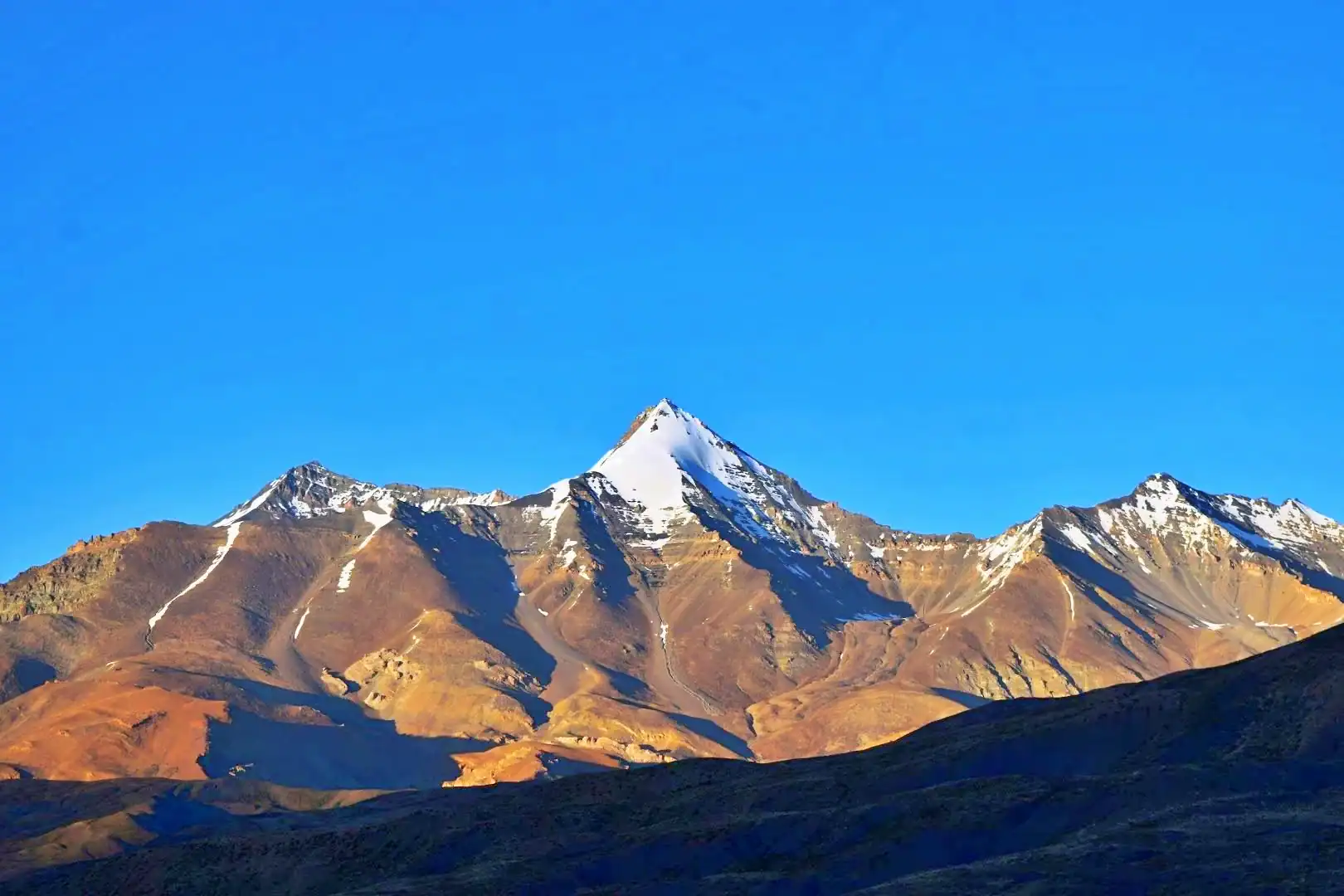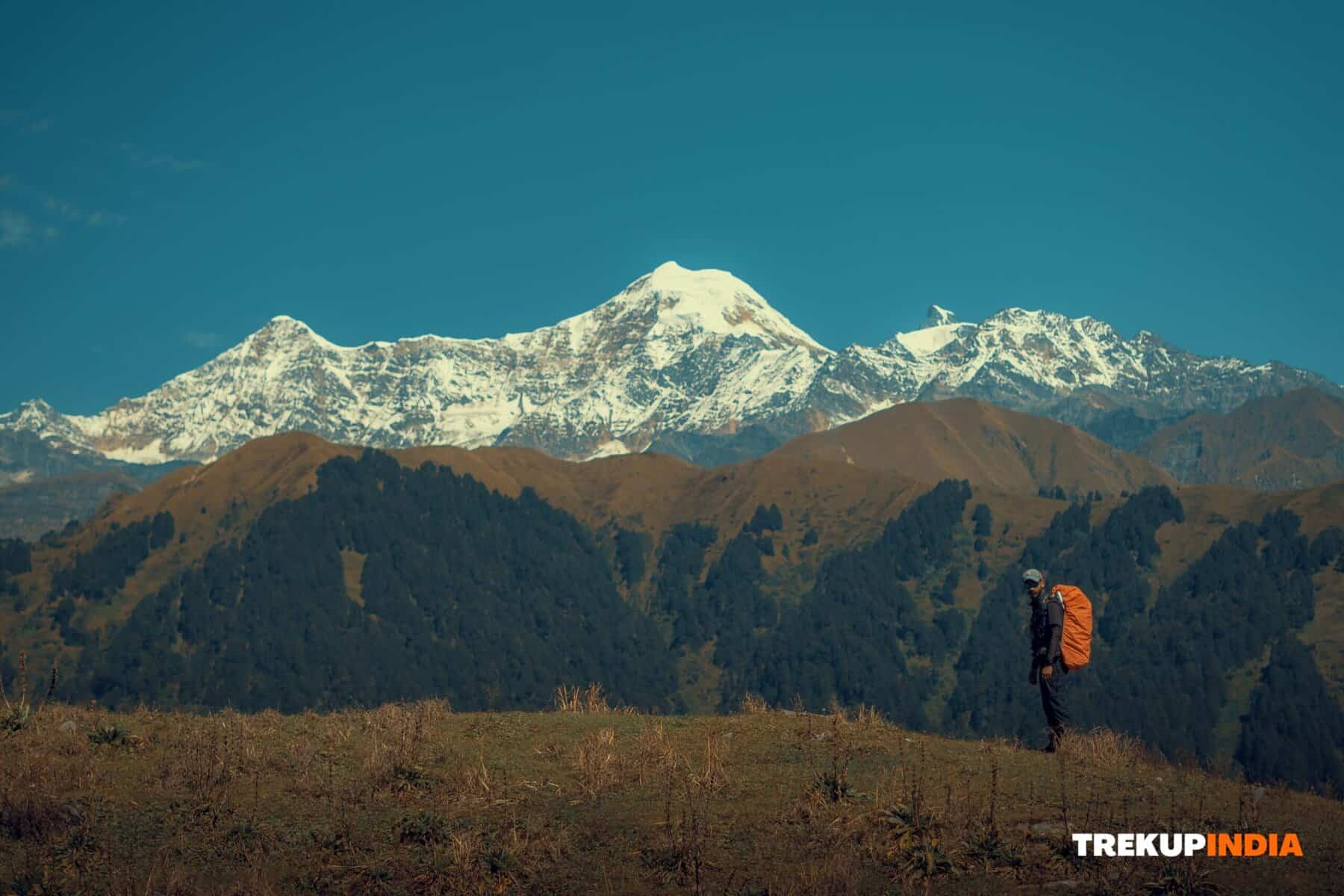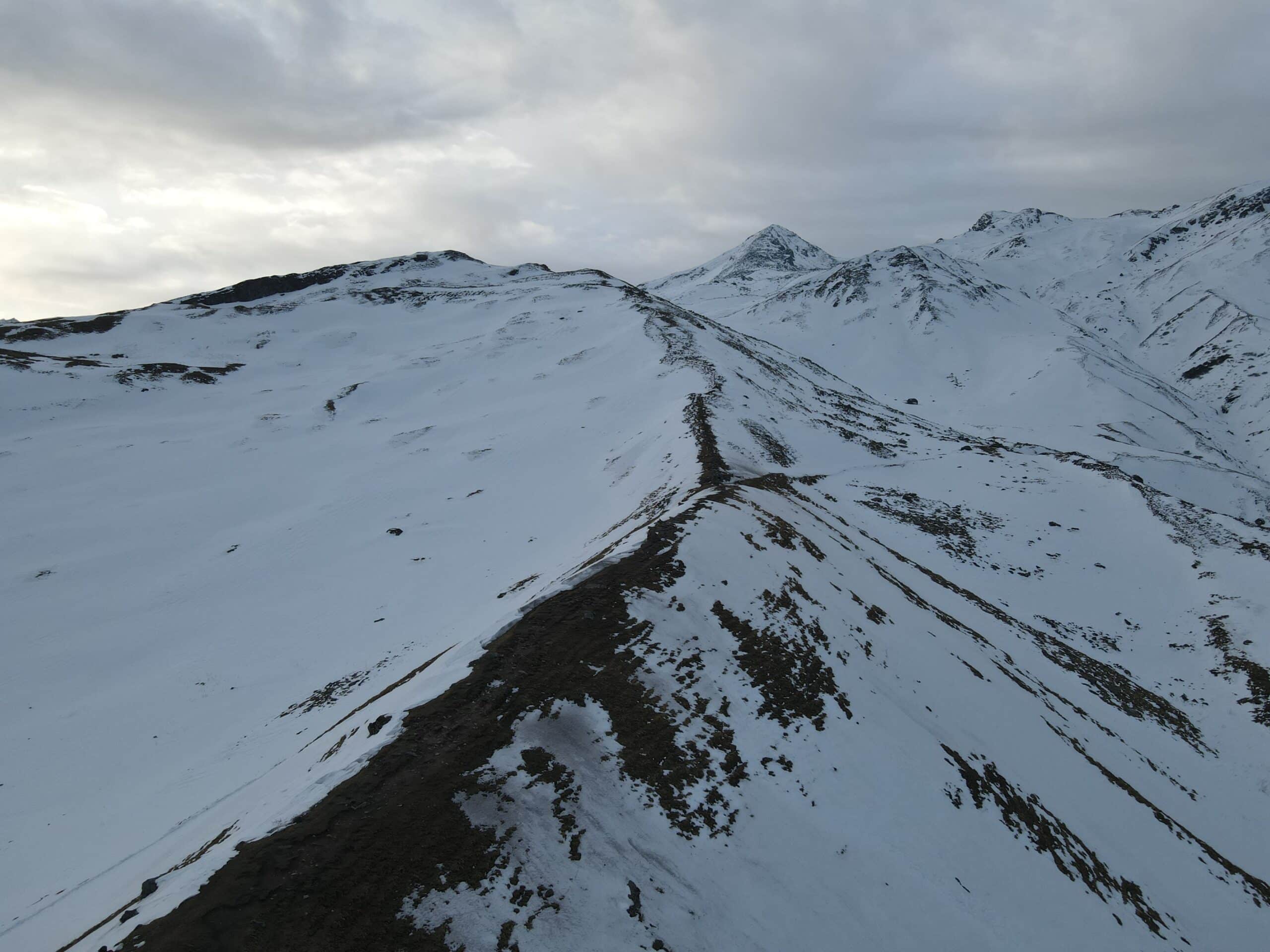Himalayan Herbal Remedies Found on the Trail
The Himalayas are not only an area of snow-capped mountain ranges and holy sanctuaries, but they’re filled with medicinal plants extensively used for centuries by locals, monks, and shepherds alike. While you walk on the peaceful paths along with Trekup India, you might be unaware of or walk across ancient remedies that are growing out in the wild.
In this blog, we’ll take you to the heart of several of the Himalayan trekking trips offered through Trekup India, where nature’s own pharmacy remains in operation. We’ll discuss the incredible herbs as well as their traditional applications, many of that are still utilized by locals to heal as well as wellness.
1. Jatamansi (Spikenard) - Found on the Kedarkantha & Valley of Flowers Trek
Altitude: 3,000-5,000 meters
Use: Mental relaxation, insomnia, hair health
The herb’s aroma is awe-inspiring in the high elevations, and is renowned for its soothing effects. It is often utilized in Ayurvedic oil and teas to help with insomnia and stress. If you’re trekking in alpine meadows of the Valley of Flowers or camping at campsites higher up along the Kedarkantha trek, it is possible to see this beautiful purple flowering plant.
Local Tips: It’s usually dried, then ground into a powder. It is used in an incense for incense by locals in Uttarakhand to enjoy its relaxing aroma.
2. Brahmi (Bacopa Monnieri) It is spotted on the Nag Tibba and Kuari Pass Trails
Altitude: 1,500-3,000 meters
Use: Memory booster, nervous system support
Brahmi thrives in the moist Himalayan areas. While traveling towards Nag Tibba or while you are exploring Bugyals throughout Kuari Pass You may find areas of this tiny creeping herb in the water streams.
Trek Leader Insight: Locals typically make Brahmi leaves in tea to enhance mental clarity and concentration when traveling long distances or during harvest seasons.
3. Buransh (Rhododendron) - Common on the Dayara Bugyal, Yamunotri Saptarishi Kund Treks
Altitude: 2,000-3,800 meters
Use: Heart health, anti-inflammatory, cooling agent
As spring approaches, the gorgeous red blossoms of the Buransh trees cover the trail. The state flower of Uttarakhand can be used in the production of juice which is not only delicious but also helps reduce heat stroke and helps improve heart function.
Trail treat: Trekup India teams often serve freshly-prepared buransh juice in their camps throughout treks like the Dayara Bugyal trek–a refreshing drink after a hard climb.
4. Artemisia (Titepati) - Found on the Bhrigu Lake & Hampta Pass Treks
Altitude: 2,500-4,500 meters
Use: Cold remedy, digestive aid, insect repellent
This fragrant, silvery herb is among the most accessible species of plants that can be found along trekking routes in Himachal. The plant is burnt by locals to repel insects and often made into tea for digestion as well as respiratory ailments.
Bonus: Look for women drying up bundles of Titepati at their residences during the Hampta Pass acclimatization day.
5. Dhoop (Himalayan Frankincense) - On the Phulara Ridge & Yulla Kanda Treks
Altitude between 2,700 and 3,800 meters.
Utilization: Incense, wound healing as well as anti-inflammatory
The resin-producing trees that are collected from them, Dhoop is used extensively in religious rituals. Its fragrant smoke can be found in temples of the mountains or in traditional rituals of healing during walks like the Phulara Ridge or even the remote Yulla Kanda in Kinnaur.
The sacred element: The local shepherds utilize it to cleanse the tents as well as ward away “bad spirits” during long winters in pastures at high altitude.
6. Kutki (Picrorhiza Kurroa) - Found on the Rupin Pass & Bali Pass Treks
Altitude: 3,000-4,800 meters
Use: Liver tonic, fever remedy
The endangered plant is due to its medicinal use, Kutki is found in the rocky Himalayan slopes. There are times when you can see it in the vicinity of glacier-fed streams during treks such as Rupin Pass or when you make your ascent towards Bali Pass.
Conservation Note A responsible trekking makes sure we don’t damage or harvest this unique plant. Only take photographs, leaving only footprints.
7. Thyme (Banajwain) - Seen in Chopta Chandrashila & Ali Bedni Bugyal
Altitude: 2,000-3,500 meters
Use: Respiratory issues, antiseptic
Aromatic wild Thyme thrives on grasslands and sunny ridges. Villagers in the area use it for treating colds and coughs. When you go on your Chopta Chandrashila or Ali Bedni Bugyal treks, it is common to walk through the soft soil that release the refreshing aroma.
TIP: Request your trek guide to let you know about it. It’s an excellent all-natural inhaler!
Herbal Wisdom Meets Adventure: Trekup India's Sustainable Approach
We at Trekup India, we are of the belief that trekking involves more than getting to the top, it’s about encountering nature’s wisdom in silence. Our trek guides are educated not just to ensure safety but also on local culture and ecology. In the context of our environmental awareness actions, we teach our trekkers about native plants as well as promote leaving No Trace principles.
Treks Where You Can Explore Himalayan Herbs with Trekup India:
Trek Name | Best Season | Herbal Highlights |
Valley of Flowers | July–August | Jatamansi, Brahmi, Buransh |
Dayara Bugyal | March–June | Buransh, Thyme |
Kedarkantha | Dec–April | Jatamansi, Artemisia |
Kuari Pass | April–June, Sept | Brahmi, Thyme |
Bali Pass | May–June, Sept | Kutki, Dhoop |
Hampta Pass | July–September | Titepati, Brahmi |
Phulara Ridge | May, October | Dhoop, Buransh |
About Author

Preetam Singh Rawat (Founder)
The person behind this trekking organization is someone who’s spent over a decade – 12 years, to be exact – living and breathing the mountains. With multiple high altitude summits under his belt (we’re talking 6000 to 7000 meter peaks), he’s not just experienced – he’s the real deal.
But what really sets him apart is the sheer number of treks he has guided. He has led over 200 Himalayan expeditions, including well known routes like Bali Pass, Buran Ghati, Rupin Pass, Pin Bhabha, Stok Kangri, and Black Peak. Not just once, but multiple times. So yeah, when it comes to the Himalayas, he knows every twist in the trail and every story the mountains have to tell.
Got questions or want to get in touch? Write to Preetam at preetam@trekupindia.com. He’s always happy to chat about treks, answer your questions, or help you prepare for your next big adventure.
Share this article
Dates For Upcoming Treks
Want To Trek Like Pro?
Basically, watch these videos if you want to trek the same way professional trekkers do and make your skills better. These videos contain useful tips and techniques to further improve your trekking skills itself. These videos actually help both new and experienced trekkers improve their trekking skills. These videos definitely provide useful tips that make your trek better. We are seeing that these videos by Trekup India experts will only help you make your trekking skills better.
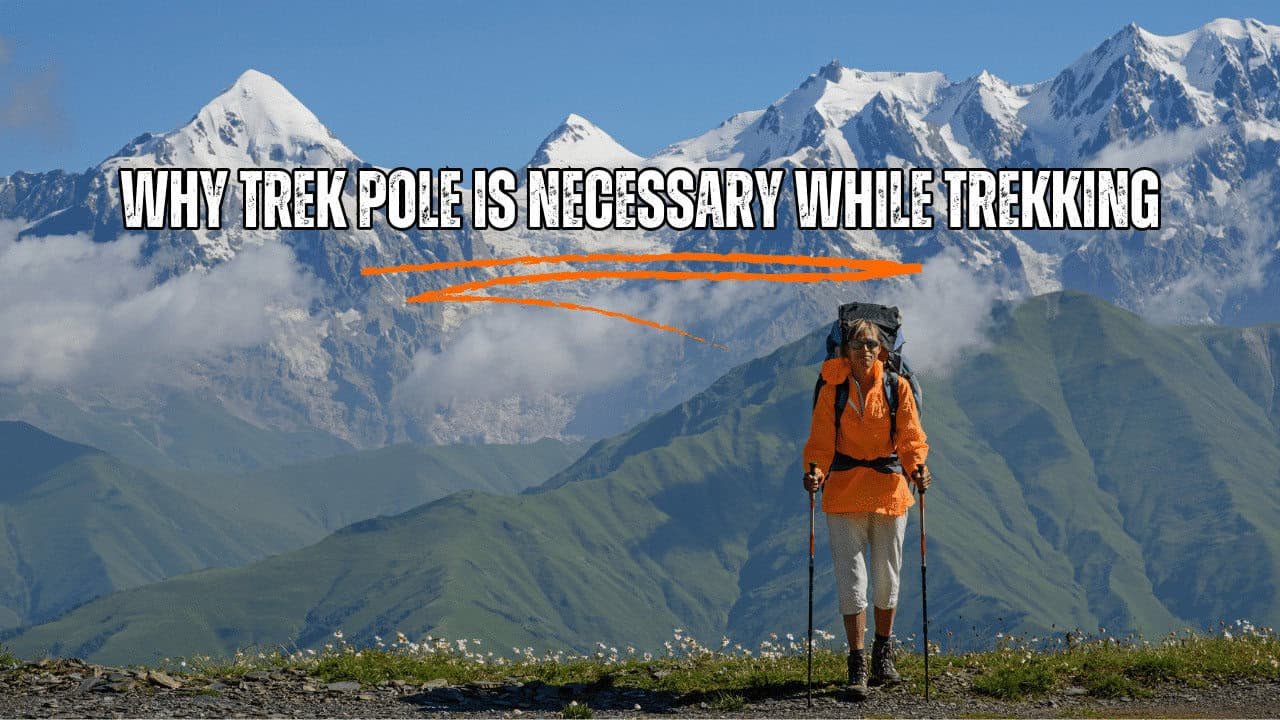




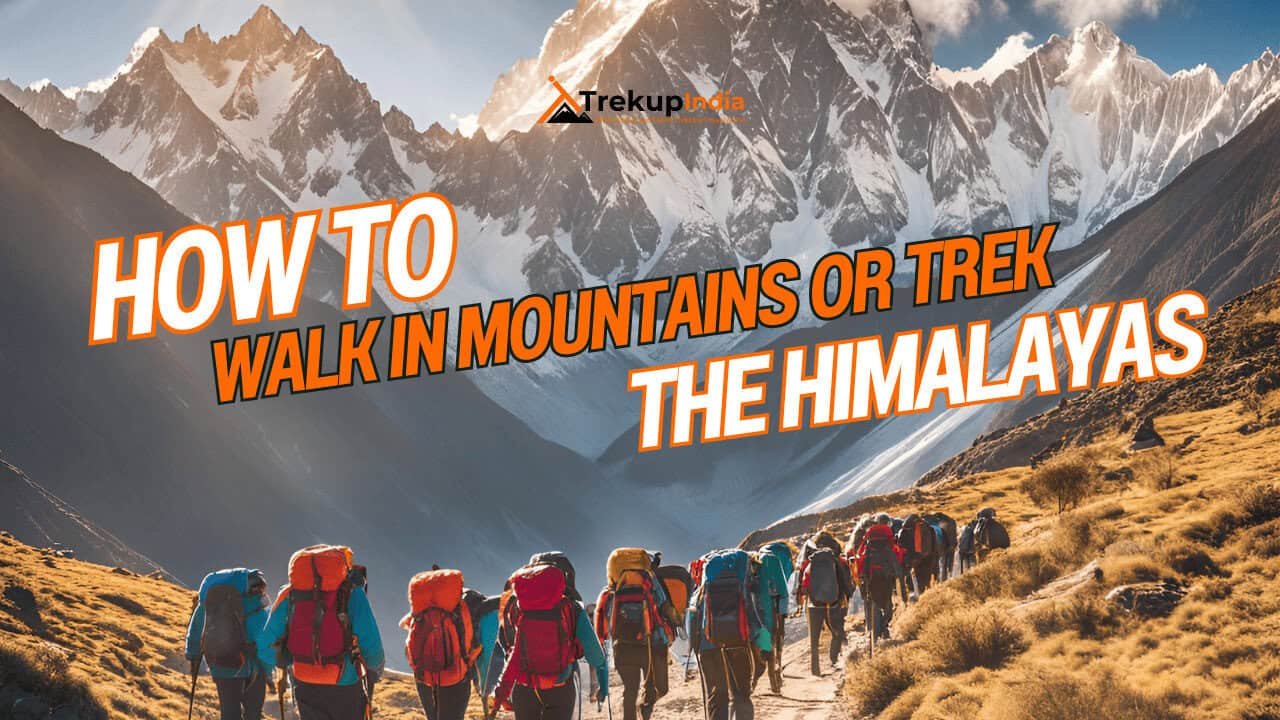

Know Everything About Acute Mountain Sickness
Acute Mountain Sickness occurs when people trek to high altitudes above 8,000 feet. This condition itself develops further due to reduced oxygen levels at such heights. Basically, as you go higher up, the air pressure and oxygen levels decrease, which causes the same problem. Acute Mountain Sickness surely causes headache, nausea, vomiting, and dizziness in affected persons. Moreover, peoples also experience difficulty in sleeping during this condition. To avoid mountain sickness, you should actually trek up slowly to higher altitudes. To learn further about this condition itself, watch the videos by Trekup India.
